Jesuit priests were key to the university’s post-war rebuilding
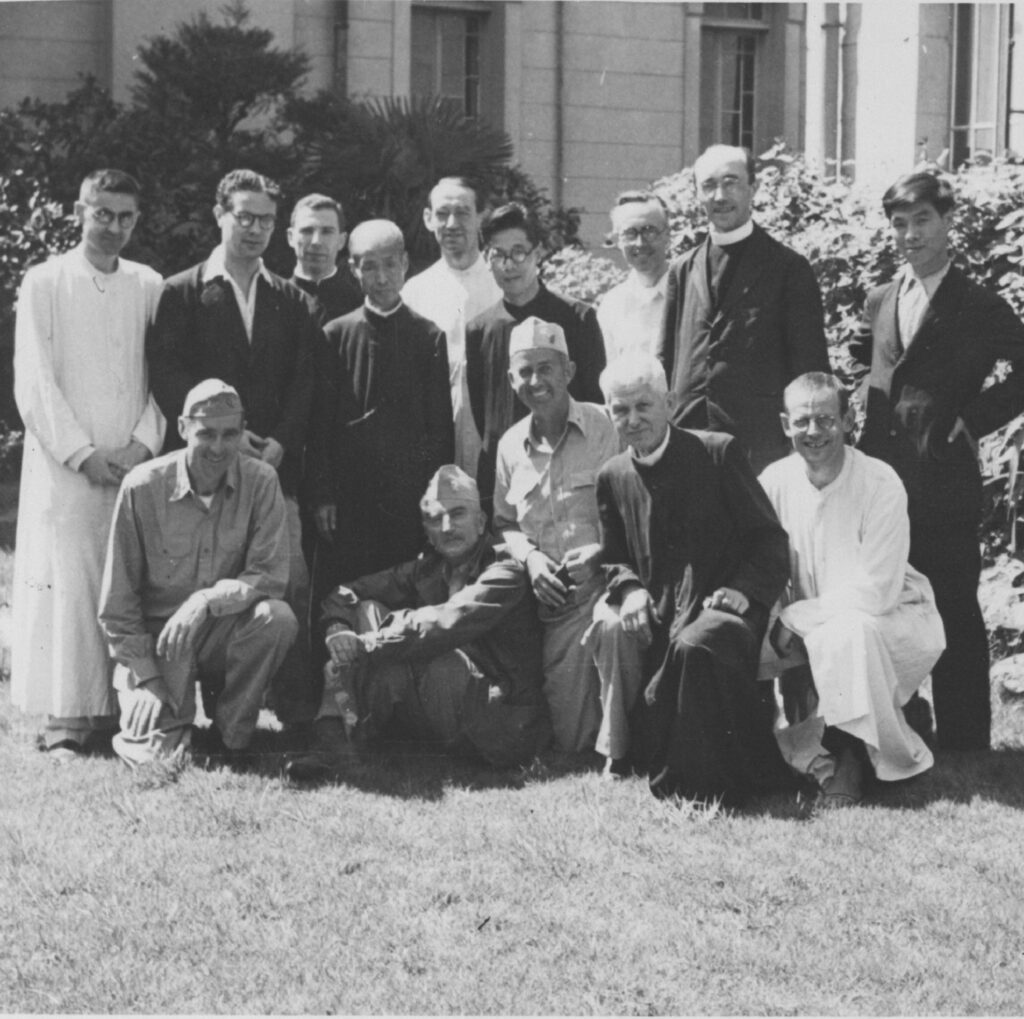
The Pacific War, which began in 1941, saw the initial stages develop in Japan’s favor. However, when the Allied counter-offensive began in earnest, Tokyo and the rest of Japan were air raided, and the nation’s strength was exhausted. In what state was Sophia University in when the war finally ended?
Three military chaplains arrived at Sophia University
During the Pacific War, Tokyo was repeatedly subjected to air raids. In particular, the Great Tokyo Air Raid of March 10, 1945, by more than 300 B-29 strategic bombers of the U.S. Army, caused immense damage. In a subsequent air raid on April 13 of the same year, Sophia University’s red brick building was razed to the ground. The lecture hall in Building No. 1 was also burned down. In the following air raid on May 25, nearly all the houses in the university’s vicinity were destroyed by fire. Father Bruno Bitter (1898–1988) described the events as follows.
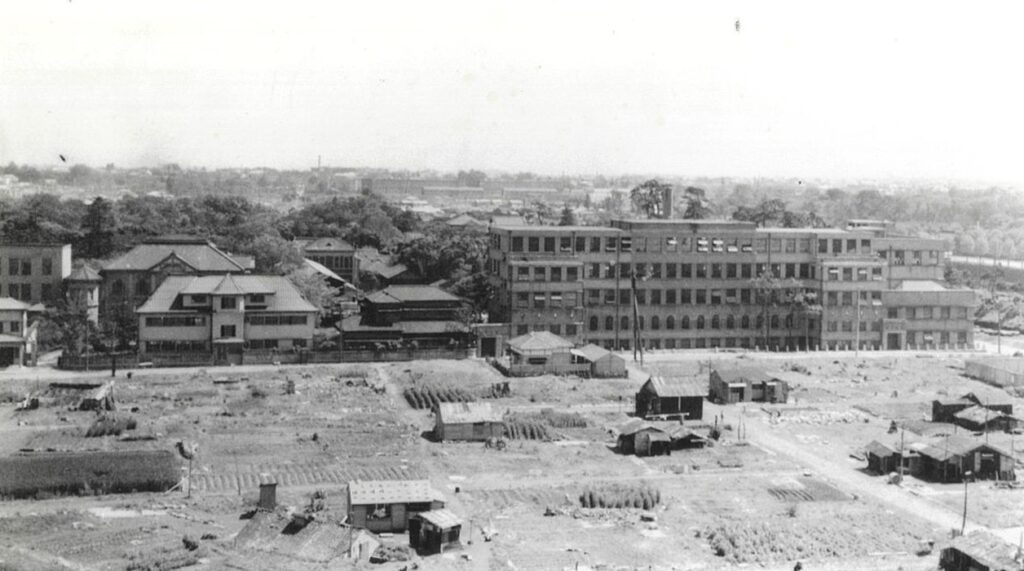
“One of the school buildings has been completely destroyed and the other partially destroyed, but we can repair them as soon as we can get the materials. The area around the university has been razed to the ground, and we stand alone in the middle of the ruins like a solitary island of peace.” (Note 1)
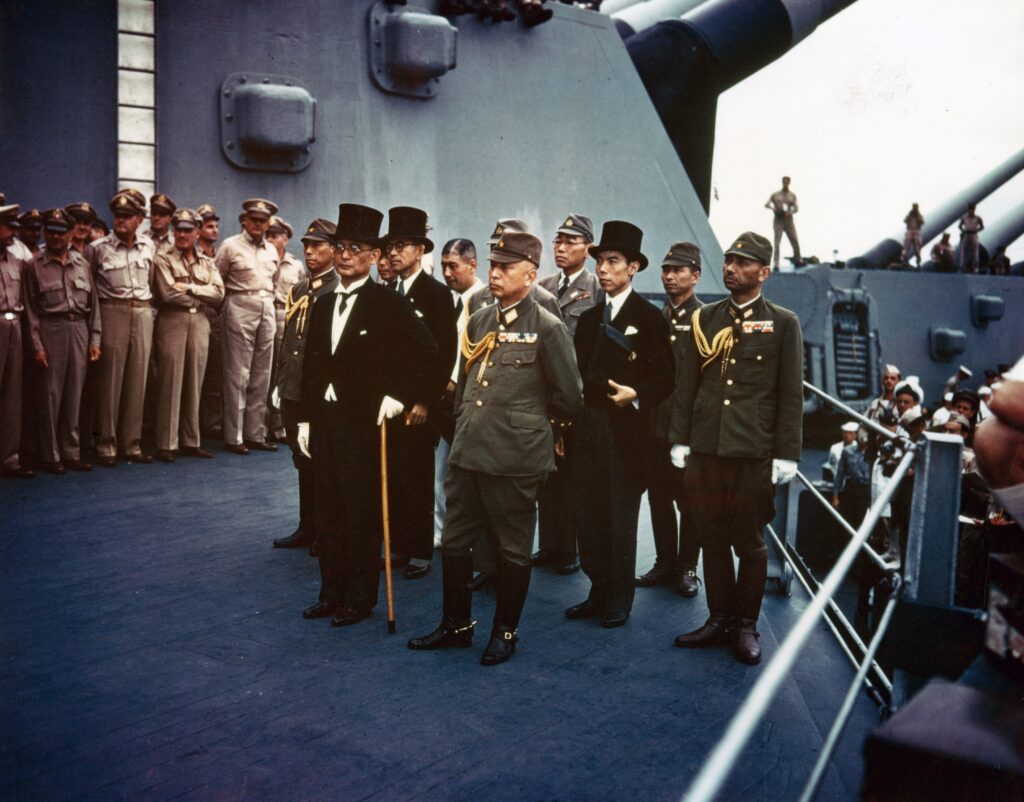
Under these circumstances, the Jesuits, who “survived on soybeans, rice, and the occasional scraps of meat they could obtain” (Note 2), took it upon themselves to protect Sophia University. At noon on August 15, 1945, Emperor Showa’s radio broadcast announced the end of the long war for the Japanese people. On September 2, Japan signed the Instrument of Surrender on board the USS Missouri in Tokyo Bay, ending the Pacific War.
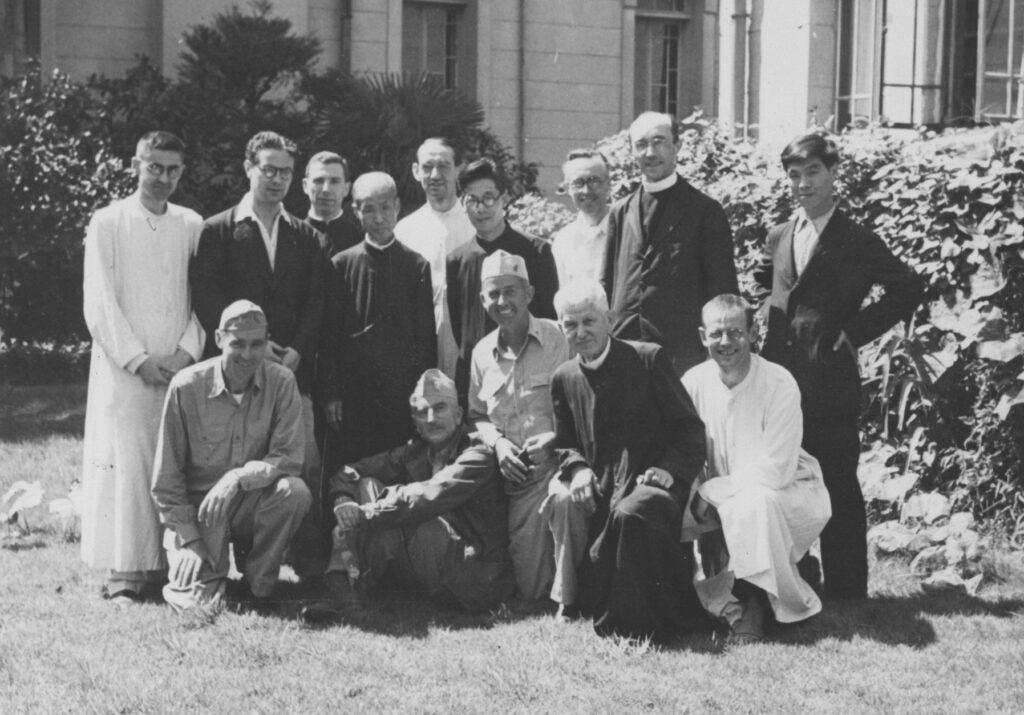
The USS Missouri has a deep connection with Sophia University. Military chaplains served on board. There were two priests, Paul O’Connor and Charles Robinson. Another was Father Samuel Ray aboard the USS Hamlin. They landed in Yokosuka and came to Sophia University on September 5 in a jeep carrying food and clothing. Father Robinson had arrived in Japan just before the Great Kanto Earthquake (1923) and had taught at Sophia University. After returning to the United States, he taught Japanese at St. Louis University before joining the Navy as a military chaplain in 1943. Because of this association, they were concerned about Sophia University and how the remaining Jesuits there were faring and delivered about a week’s worth of food and other provisions.
Send us the best people, not food!
They saw at Sophia University immediately after the war a group of Jesuits eager to reopen the university immediately, despite their malnutrition and failing health. Father O’Connor wrote to Father Marr in the United States:
“… When we asked them what they wanted, they requested not food but personnel. They wanted young American Jesuits who could teach English and influence the intellectuals involved in rebuilding Japan if possible… This first request, not for food, struck a chord with us more than anything else.” (Note 3)
With major cities across the country in ruins and the world in distress, the call for Jesuits to help rebuild Japan circulated in the U.S. and worldwide. And in November 1947, the first group of four priests, John Blewett (1922–2003), Aloysius Miller (1910–1971), Robert Forbes (1921–1979), and Daniel McCoy (1912–2006), came to Sophia University.
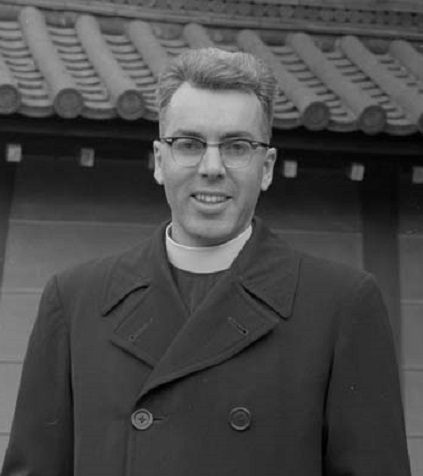
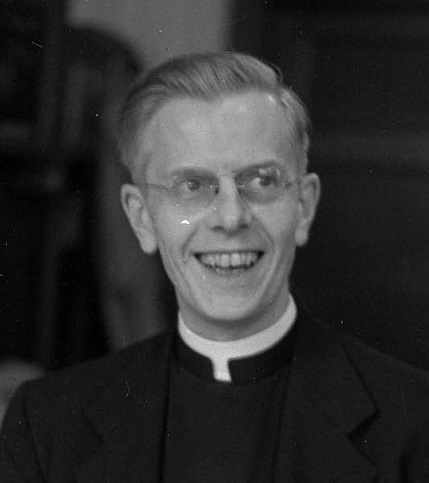
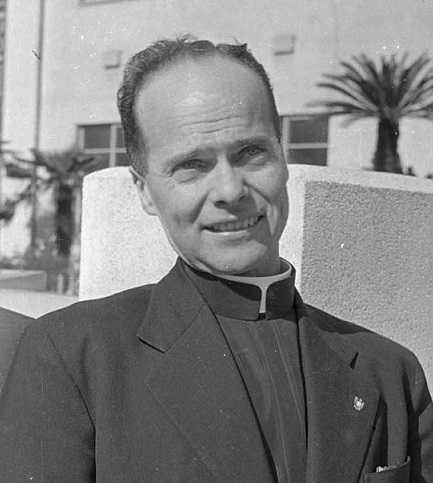
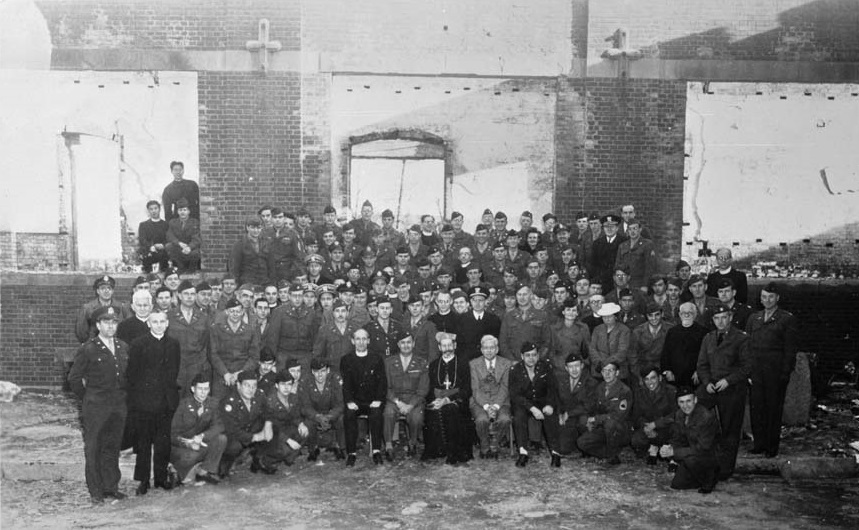
Father Blewett taught in the Department of Education, Father Forbes in the Department of English Studies, and Father Miller taught English Literature and helped establish the Faculty of International Studies (later the Faculty of Comparative Culture, now the Faculty of Global Studies). Father McCoy taught biology classes. Many Jesuits from all over the world were later sent to Sophia University. In particular, Father Joseph Pitau (1928–2014, served from 1975 to 1981), as the seventh President, and Father William Curry (1935–, served from 1999 to 2005), as the twelfth President, were pillars in the university’s spiritual development.
(Note 1) Jochi Daigaku-shi shiryoshu Vol. 3 (Jochi Gakuin, 1985, P. 181)
(Note 2) Same as above (P. 177)
(Note 3) Same as above (P. 179)
Photos marked with an asterisk (*) are in the collection of the Sophia Archives.